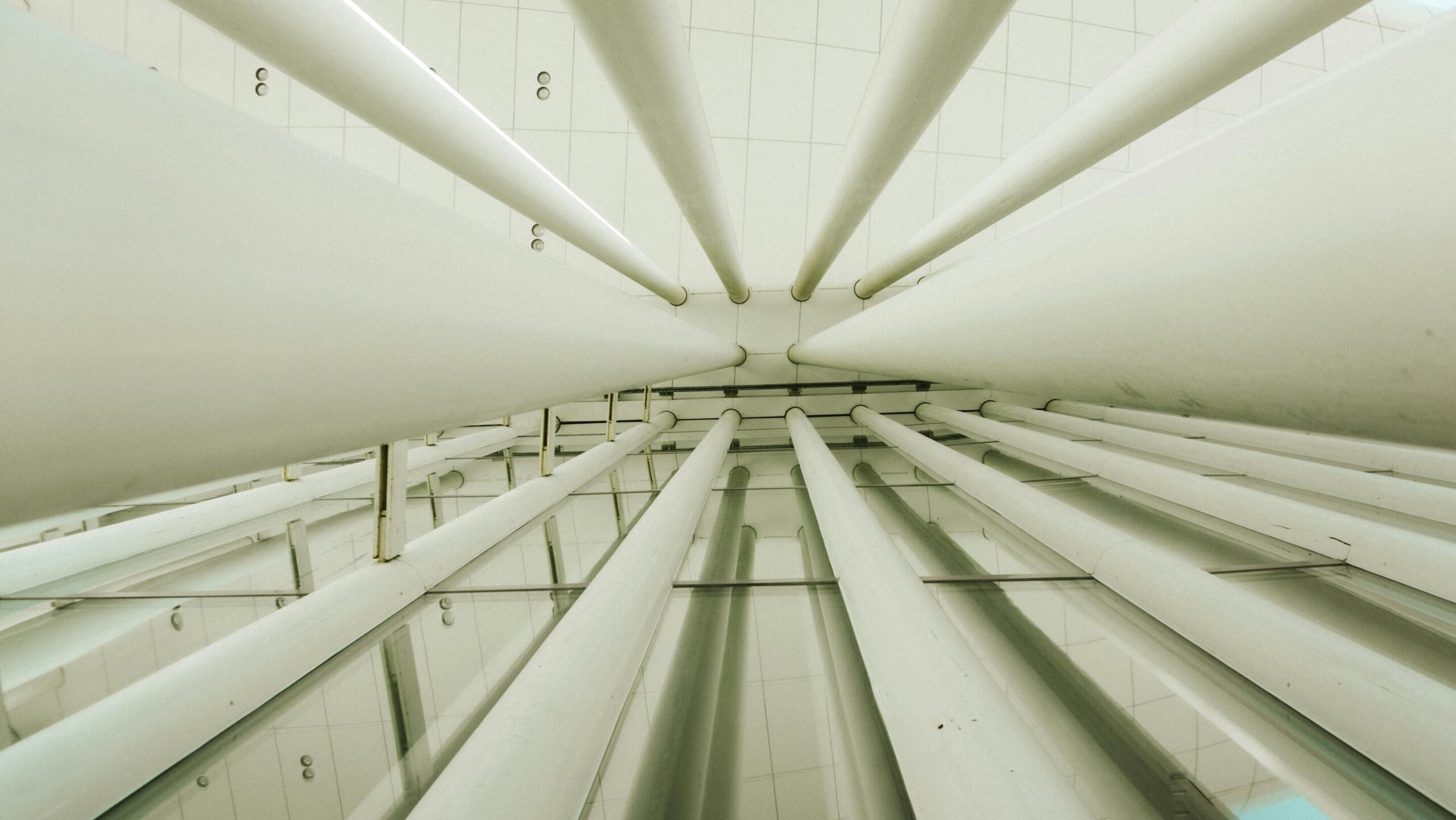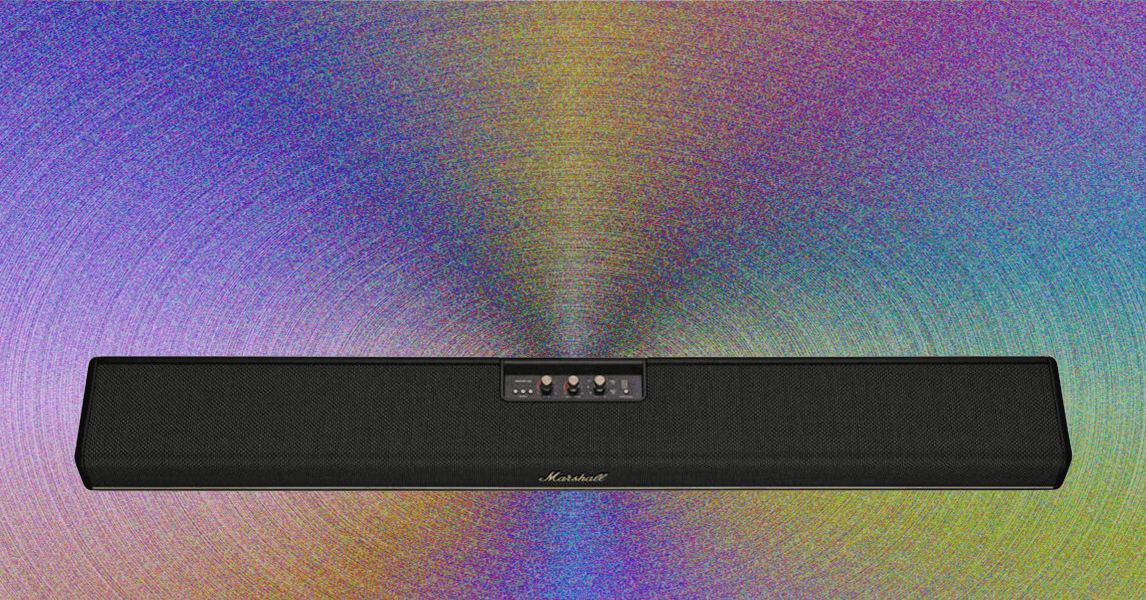Tech
The Best Organic Mattresses—All Certified, All Actually Tested

Organic bedding brand Coyuchi recently launched its own organic mattress, combining cotton, wool, and Dunlop latex atop individually wrapped coils. While Coyuchi’s linen sheets are excellent, I was a little nervous to try the company’s first mattress effort. Bedding is not a mattress, after all, and expertise does not always transfer across endeavors. In this case, though, it did. Coyuchi’s organic Natural REM Mattress is wonderfully firm without being too firm and perfect for those of us who lack a sleeping style and tend to sleep every which way—side, back, stomach. I was never uncomfortable.
The design starts with encased coils on a wool pad and then, like a Midwestern dip, layers in smaller coils, latex, and then wool, and tops it off with an organic cotton cover. There’s surprisingly good edge support considering the distance between the coils and the top, and the mattress provides good motion isolation as well. Coyuchi says the Natural REM can be used with or without a box spring. I tested it for a few months on a box spring and then spent a week with it just on the floor and did not notice a difference. At 11 inches deep, there’s room for a topper, though I did not feel the need.
The cotton and wool layers are GOTS-certified organic, while the Dunlop latex carries the GOLS certification. The material is undyed, which is great for anyone bothered by industrial dyes. As with most of these organic options, the Coyuchi is made without chemicals, foam, or glues. Coyuchi’s Natural REM organic mattress is made to order in the United States and comes with a 100-night trial, which means you can get a full refund if it doesn’t work for you. —Scott Gilbertson
Coyuchi Natural REM ranges from $1,400 for a twin to $2,400 for a California king.
| Mattress type | Hybrid |
| Materials | Organic latex, organic wool, organic cotton, (no dyes) |
| Sizes available | Twin, full, queen, king, California king |
| Firmness options | Medium firm |
| Certifications | GOTS, GOLS, Oeko Tex Standard 100 |
| Trial period | 100 nights |
| Return policy | Free for 100 days |
| Shipping | Free |
| Delivery options | In-home setup for $100 |
| Warranty | 25 year limited |
Tech
How do ‘AI detection’ tools actually work? And are they effective?

As nearly half of all Australians say they have recently used artificial intelligence (AI) tools, knowing when and how they’re being used is becoming more important.
Consultancy firm Deloitte recently partially refunded the Australian government after a report they published had AI-generated errors in it.
A lawyer also recently faced disciplinary action after false AI-generated citations were discovered in a formal court document. And many universities are concerned about how their students use AI.
Amid these examples, a range of “AI detection” tools have emerged to try to address people’s need for identifying accurate, trustworthy and verified content.
But how do these tools actually work? And are they effective at spotting AI-generated material?
How do AI detectors work?
Several approaches exist, and their effectiveness can depend on which types of content are involved.
Detectors for text often try to infer AI involvement by looking for “signature” patterns in sentence structure, writing style, and the predictability of certain words or phrases being used. For example, the use of “delves” and “showcasing” has skyrocketed since AI writing tools became more available.
However the difference between AI and human patterns is getting smaller and smaller. This means signature-based tools can be highly unreliable.
Detectors for images sometimes work by analyzing embedded metadata which some AI tools add to the image file.
For example, the Content Credentials inspect tool allows people to view how a user has edited a piece of content, provided it was created and edited with compatible software. Like text, images can also be compared against verified datasets of AI-generated content (such as deepfakes).
Finally, some AI developers have started adding watermarks to the outputs of their AI systems. These are hidden patterns in any kind of content which are imperceptible to humans but can be detected by the AI developer. None of the large developers have shared their detection tools with the public yet, though.
Each of these methods has its drawbacks and limitations.
How effective are AI detectors?
The effectiveness of AI detectors can depend on several factors. These include which tools were used to make the content and whether the content was edited or modified after generation.
The tools’ training data can also affect results.
For example, key datasets used to detect AI-generated pictures do not have enough full-body pictures of people or images from people of certain cultures. This means successful detection is already limited in many ways.
Watermark-based detection can be quite good at detecting content made by AI tools from the same company. For example, if you use one of Google’s AI models such as Imagen, Google’s SynthID watermark tool claims to be able to spot the resulting outputs.
But SynthID is not publicly available yet. It also doesn’t work if, for example, you generate content using ChatGPT, which isn’t made by Google. Interoperability across AI developers is a major issue.
AI detectors can also be fooled when the output is edited. For example, if you use a voice cloning app and then add noise or reduce the quality (by making it smaller), this can trip up voice AI detectors. The same is true with AI image detectors.
Explainability is another major issue. Many AI detectors will give the user a “confidence estimate” of how certain it is that something is AI-generated. But they usually don’t explain their reasoning or why they think something is AI-generated.
It is important to realize that it is still early days for AI detection, especially when it comes to automatic detection.
A good example of this can be seen in recent attempts to detect deepfakes. The winner of Meta’s Deepfake Detection Challenge identified four out of five deepfakes. However, the model was trained on the same data it was tested on—a bit like having seen the answers before it took the quiz.
When tested against new content, the model’s success rate dropped. It only correctly identified three out of five deepfakes in the new dataset.
All this means AI detectors can and do get things wrong. They can result in false positives (claiming something is AI generated when it’s not) and false negatives (claiming something is human-generated when it’s not).
For the users involved, these mistakes can be devastating—such as a student whose essay is dismissed as AI-generated when they wrote it themselves, or someone who mistakenly believes an AI-written email came from a real human.
It’s an arms race as new technologies are developed or refined, and detectors are struggling to keep up.
Where to from here?
Relying on a single tool is problematic and risky. It’s generally safer and better to use a variety of methods to assess the authenticity of a piece of content.
You can do so by cross-referencing sources and double-checking facts in written content. Or for visual content, you might compare suspect images to other images purported to be taken during the same time or place. You might also ask for additional evidence or explanation if something looks or sounds dodgy.
But ultimately, trusted relationships with individuals and institutions will remain one of the most important factors when detection tools fall short or other options aren’t available.
This article is republished from The Conversation under a Creative Commons license. Read the original article.![]()
Citation:
How do ‘AI detection’ tools actually work? And are they effective? (2025, November 16)
retrieved 16 November 2025
from https://techxplore.com/news/2025-11-ai-tools-effective.html
This document is subject to copyright. Apart from any fair dealing for the purpose of private study or research, no
part may be reproduced without the written permission. The content is provided for information purposes only.
Tech
The Marshall Heston 120 Soundbar Is Big and Beautiful, but Does It Rock?

Under the surface are 11 individually powered speakers, including two five-inch woofers, two midrange drivers, two tweeters, and five “full-range” drivers. The collection includes both side-firing and upfiring drivers to bounce sound off your walls and ceiling for surround sound and 3D audio formats like Dolby Atmos and DTS:X.
Around back, you’ll find solid connectivity, including HDMI eARC/ARC for seamless connection to modern TVs, an HDMI passthrough port for connecting a streamer or gaming console, Ethernet, RCA analog connection for a legacy device like a turntable, and a traditional subwoofer that lets you side-step Marshall’s available wireless sub. There’s no optical port, but since optical doesn’t support Dolby Atmos or DTS:X spatial audio, that’s kind of a moot point.
Setup is pretty simple, but the bar’s hefty size adds some complications. At three inches tall, it’s a tough fit beneath many TVs. Conversely, the rubber feet that diffuse its 43-inch long frame from your console offer almost zero clearance at the sides and, unlike bars like Sony’s Bravia Theater 9 or System 6, there’s no way to extend it. That makes it tough to set the bar down properly with all but the thinnest pedestal TV stands, which are becoming common even in cheap TVs. All that to say, there’s a good chance you’ll need to mount your TV to use the Heston.
Like the Sonos Arc Ultra, there’s no remote, meaning adjusting settings mainly relies on the Marshall app. The app is relatively stable, but it froze up during a firmware update for me, and it usually takes a while to connect when first opened. Those are minor quibbles, and your TV remote should serve as your main control for power and volume.
Wi-Fi connection unlocks music streaming via Google Cast, AirPlay, Spotify Connect, Tidal Connect, and internet radio stations, with Bluetooth 5.3 as a backup. Automated calibration tunes the sound to your room (complete with fun guitar tones), and in-app controls like a multi-band EQ provide more in-depth options than the physical knobs.
Premium Touch
Photograph: Ryan Waniata
The Heston 120’s sound profile impressed from the first video I switched on, which happened to be an episode of Bob’s Burgers. The bar immediately showcased a sense of clarity, openness, and overall definition that’s uncommon even from major players in the space.
Tech
I Made My Kids Build Robots and Read Books to Test the Best Subscription Boxes for Kids

My kids’ appetite for stickers is endless. I find them constantly, on the mirrors in our house, on their school planners and water bottles, and occasionally stuck to the back of my chair or in the car. Stickers are also an accessible way of supporting independent artists. Maybe you can’t buy a painting or a T-shirt, but a sticker only costs a few dollars and you can display it everywhere.
For $12 a month, Stickii Club offers three different sticker styles—Cute, Vintage, or Pop—along with a storage sleeve and three stationery items, like a notepad, card, or stamp. The club works with independent artists and illustrators (no AI-generated art yet) to produce sheets of original designs. We tried the Pop subscription. These stickers are marvelous. There’s a huge variety in the sheets sent. Some are vinyl, some are transparent, but all are high quality and intricately detailed. The artist is also noted on each corner so we can look them up ourselves. My kids were delighted and traded them with each other like currency. I am now investing in Stickii folios (from $18) in the hopes that I can keep these just a little bit more organized (and sticking a few on my laptop while I’m at it).
★ Alternative: You can’t pick the style of box with a Pipsticks Kids Club sticker pack ($20), but with such a big selection, there are bound to be stickers that your child or children will love. It includes 15 sheets of Pipstickers, collectible stickers, a postcard, an activity book, and more. I have two kids who love stickers, and even we found the classic pack to be a bit much; Pipsticks also has a petite pack option for $14.
-

 Entertainment1 week ago
Entertainment1 week agoChina unveils£5.4 bn Fujian, its most advanced aircraft carrier yet
-

 Tech6 days ago
Tech6 days agoFrom waste to asset: Turning ethanol production CO₂ into jet fuel
-

 Politics1 week ago
Politics1 week agoIDF lawyers warned of possible Gaza war crimes: US intel findings
-

 Entertainment1 week ago
Entertainment1 week agoRobert Pattinson jokes about competing with Gen Z
-

 Sports1 week ago
Sports1 week agoIsraeli cycling team loses top sponsor despite honoring request to remove country from name
-

 Tech1 week ago
Tech1 week agoThe Government Shutdown Is a Ticking Cybersecurity Time Bomb
-
Sports1 week ago
College football winners and losers: The catch of the year saves Indiana
-

 Business1 week ago
Business1 week agoMore than 1,000 flights cancelled as US air traffic cuts enter second day


















